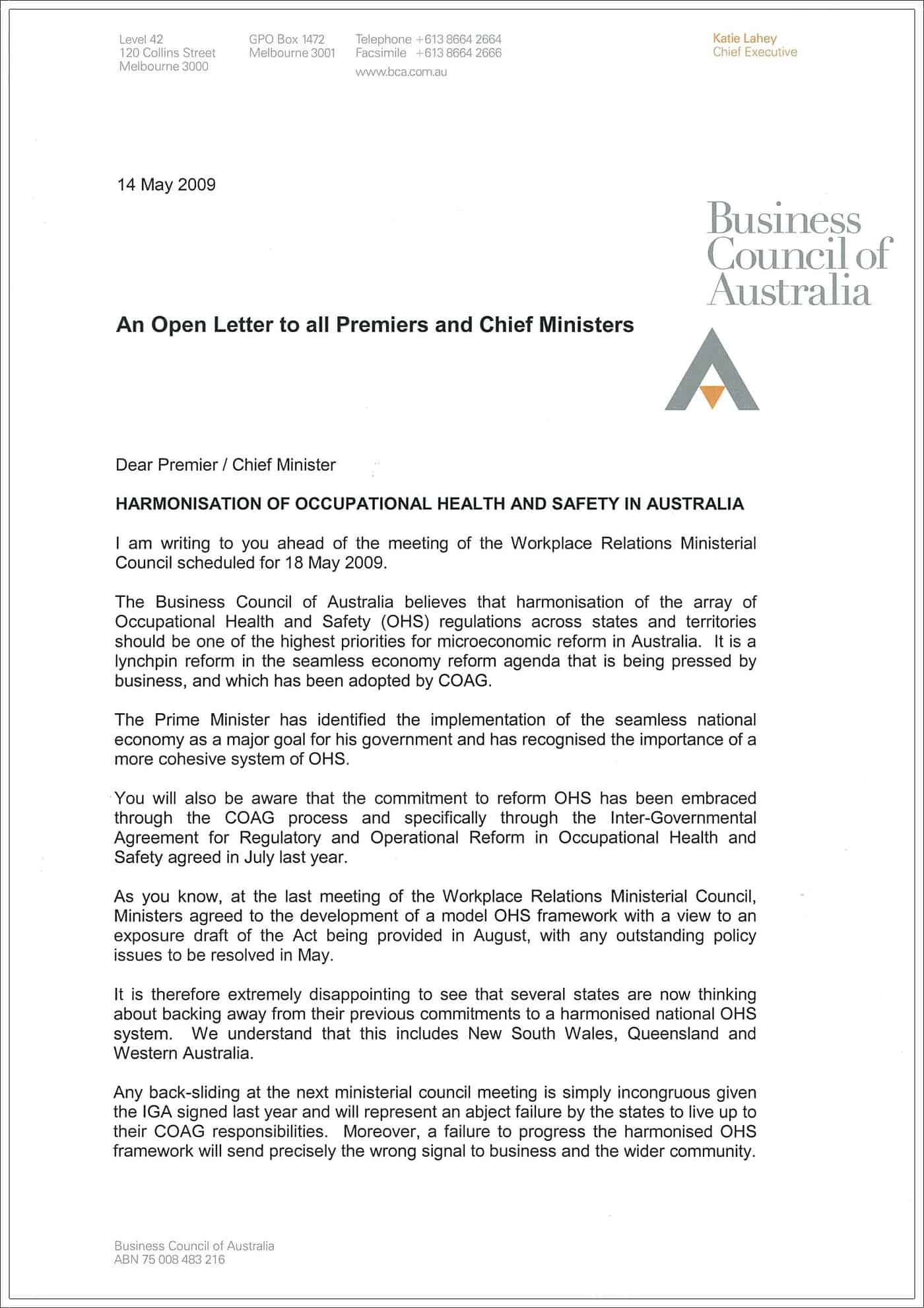Reading an article about CFMEU organiser, Joe McDonald, today illustrates an important differentiation to be kept in mind. A unionist’s benchmark for safety compliance may differ from that of the employer, regardless of the fact that the employer has the major legislative obligation to establish a “safe and healthy work environment”.
Joe McDonald pledges to keep his members safe. A spokesperson for the construction company said
“…there were some safety issues at the site but said they were being addressed when the union walked out.”
How does walking away from OHS consultation improve safety?
The cause of the confusion on “safety” comes from the weakening of prescriptive legislation and codes to accommodate operating costs, and in the increase of the “reasonably practicable” test.
The union movement in New South Wales had the most extreme level of OHS regulation in Australia. It was hated by the business sector and has been weakened by the government as a result of federal pressures and aims but, the fact that New South Wales has achieved a 2% reduction in the injury incident rate, may add weight to the unions’ desire to retain the legislation.
There is a fundamental dichotomy of regulatory and operational approaches in OHS management in Australia currently that the harmonised OHS system may only exacerbate. It is now up to the Safe Work Australia boffins to keep an open mind in harmonisation negotiations but to also remained focused on the aim of any OHS legislation which is to keep people safe.



 The policy has been allowed to fade from the books of most of the Australian left-wing parties but for a while, corporate manslaughter was THE issue. In fact over the last 10 years, it has been the only time that directors and CEOs from thousands of companies have paid serious attention to safety management.
The policy has been allowed to fade from the books of most of the Australian left-wing parties but for a while, corporate manslaughter was THE issue. In fact over the last 10 years, it has been the only time that directors and CEOs from thousands of companies have paid serious attention to safety management.
